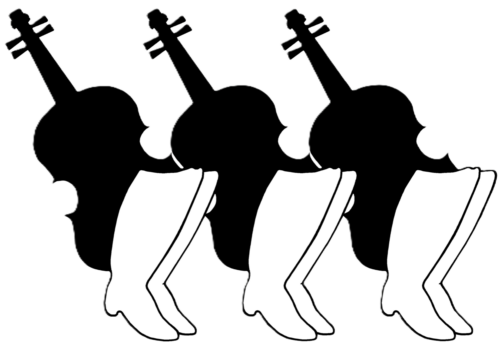Kalotaszeg


Music and Dance students will learn material from the region of Kalotaszeg. Music students will have the opportunity to learn from two master musicians from this area, primás István “Kiscsipás” Varga and kontra player Rudolf “Rudi” Toni. Both of whom come from long lines of famous Kalotaszeg musicians. Dance instruction will focus on dances from the villages of Méra, Magyarvista, and Andrásháza.
The Kalotaszeg Region
The Kalotaszeg region extends west from Kolozsvár through the Meszes mountains to Királyhágó. In the deeper past, it was connected administratively with the Alföld, that is, with the Hungarian Plain. Today it’s customary to include the area from Körösfő to the east. The geographic boundaries are, then, Kolozsvár in the east; the northern line of the Gyalu mountains in the south; in the west, the Meszes and Bihar mountains.
About 40 settlements belong to Kalotaszeg. Some of them have a Hungarian majority, but all of them have mixed population of Hungarians and Romanians. The Hungarians of Kalotaszeg are Calvinist, except for two towns, Bács and Jegeny, which are Roman Catholic. The principal town and main market of the region is Bánffyhunyad.
Kalotaszeg is traditionally divided into three parts. The upper part, that is, Felszeg, lies at the foot of the mountains. The more well known villages are Kalotaszentkirály, Magyargyerőmonostor, and Magyarvalkó. The lower part next to the Almás stream is called the Alszeg. Kispetri, Nagyalmás, and Sztána are in this area. In Nádasmente, which is nearer to Kolozsvár, along the Nádas River, there are noteworthy villages like Bogártelke, Magyarvista, and Méra. Over the course of time, the folk culture of Kalotaszeg was influenced by Kolozsvár, serving as the intellectual and economic center of the region. Because of the path of commerce established by highways as well as systematic economic integration, the Hungarian Plain also had a strong, detectable influence.
Kalotaszeg is one of the few heavily Hungarian areas in Western Romania, the keeper of old Transylvanian Hungarian folk traditions, and one of the most significant regions for the conservation of Hungarian cultural heritage. The work of György Martin, who carried out fieldwork in 25 villages in Kalotaszeg, contributed the most to mapping the dance culture of the region. In Kalotaszeg, a well-defined, highly refined culture was created in the form of folk dance and folk music.
The folk dance of Kalotaszeg is a living tradition. Notable among the dance types is the legényes ‘lad’s dance’ which is the most refined, virtuoso men’s dance in the Carpathian Basin, indeed perhaps in all of Europe. The musical tradition that accompanies it is no less rich. The csárdás is a couple’s dance characterized by turning as a couple and by the turning of the woman. The szapora, as is already evident from the name, is a quick-tempo couple’s dance by which, on a relatively new dance foundation, many tunes of foreign origin (Romanian, Roma, Ruthenian) play a part. The verbunk ‘recruitment dance’ also bears mention, because its repertory of tunes has survived and has found its way chiefly into the csárdás, although, apart from a few exceptions, it hasn’t been danced in recent years.
At camp, we will learn about the dances of Nádasmente, also known as Cifra Kalotaszeg or “Elegant Kalotaszeg” referring to the ornate costumes, furniture, and textiles common in the area. Dance teaching will focus on the villages of Méra, Magyarvista, and Andrásháza.
- Méra: The gem of Cifra Kalotaszeg, known for its folk art, folk costumes, dances and music, is one of the most famous settlements of Kalotaszeg in Central Transylvania, located 12 km from Cluj. The csárdás and szapora from Méra have a rich set of motifs that beginner and advanced dancers will learn and dance.
- Magyarvista: Magyarvista is a village at a road’s end, 14 km from Cluj. It’s one of the oldest settlements in Kalotaszeg. The settlement is famous for its 13th-century church, its stone carvings, and the most ornate costumes as well as for its outstanding dancing personality, the most famous dancer of the Kalotaszeg lads’ dance (legényes), István Mátyás ‘Mundruc’. Men can learn Magyarvista’s figures of the lads’ dance – which is considered the most virtuoso men’s dance in Europe.
- Andrásháza: The settlement of Andrásháza (Radaia) is located in the Nádasmente region, 11 km from Cluj, on the edge of Kalotaszeg in Cluj county. It belonged to Méra until the 20th century. It is a predominantly Romanian settlement. At camp, dancers in the advanced group will learn the învârtită and szapora from Andrásháza.
Examples of music from Kalotaszeg: [one] [two]
Examples of couples dances from Méra: [one] [two]
Examples of Men’s dances from Magyarvista [one]
